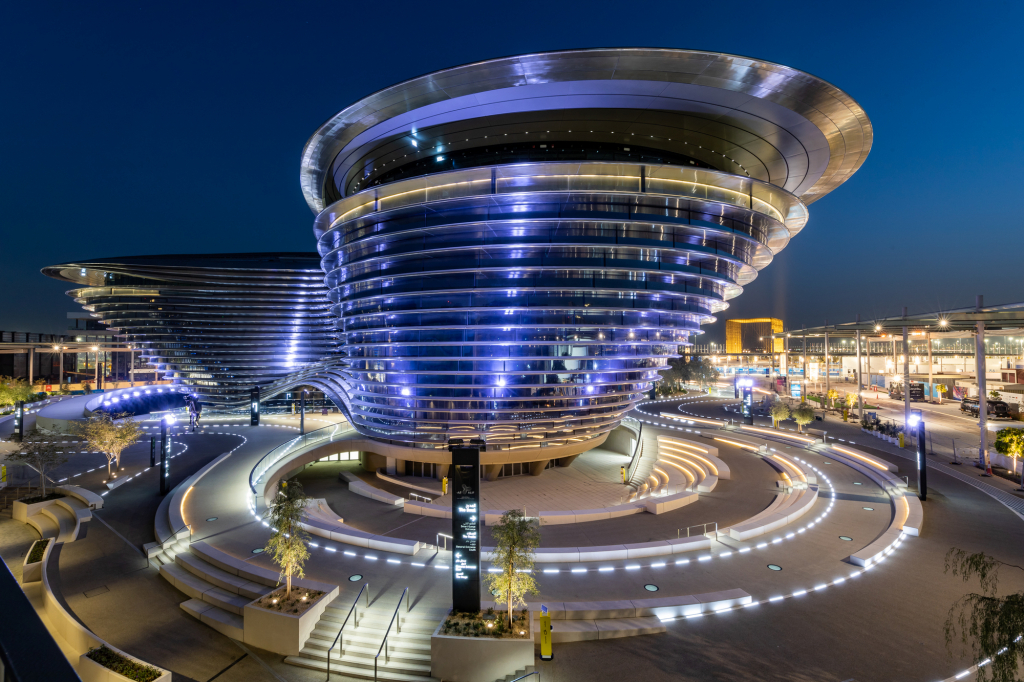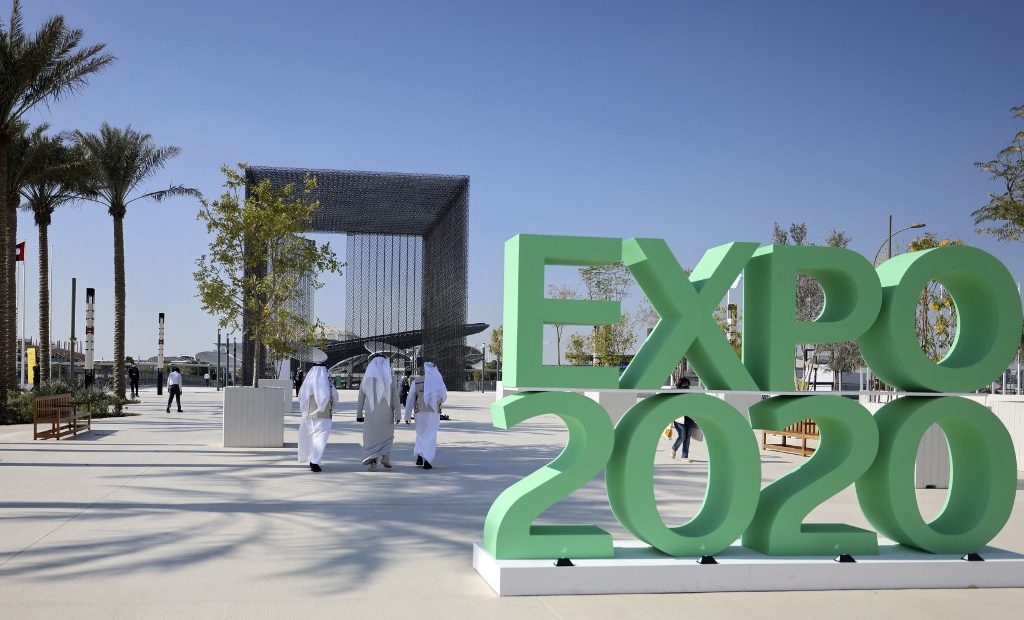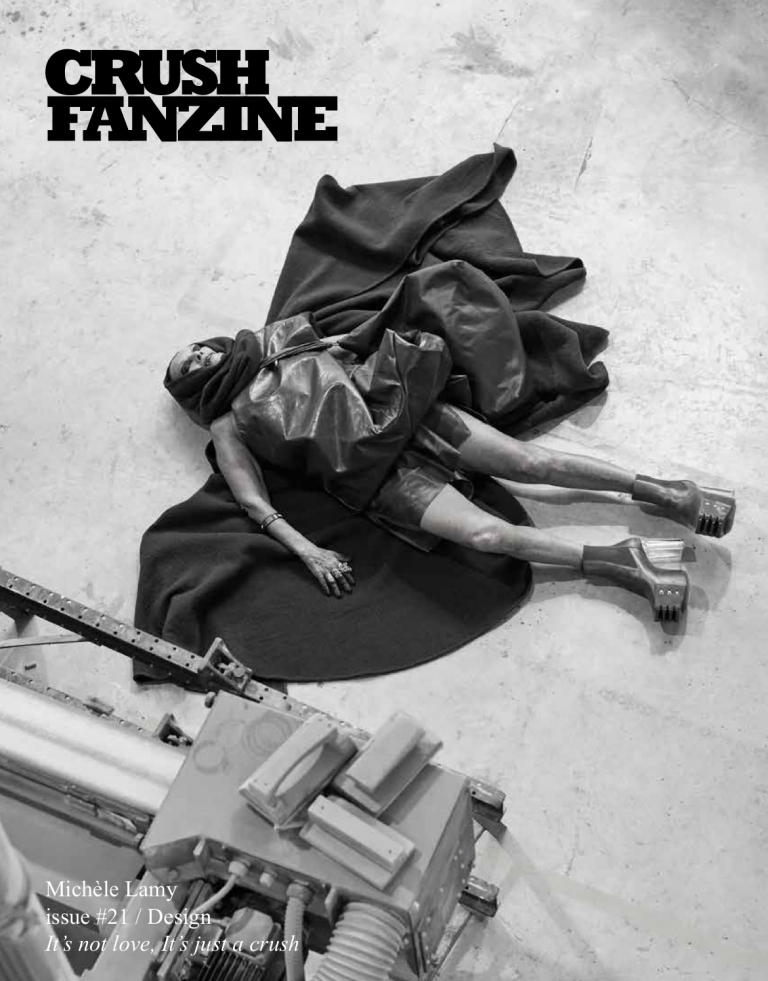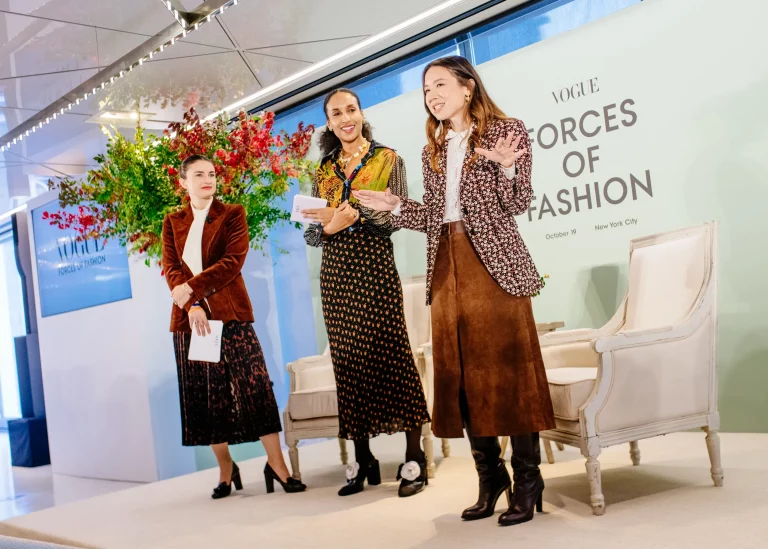With the beginning of October came the beginning of Expo 2020 Dubai. All the Instagram stories and articles surely point to something big and exciting. The details, however, might not be so clear to the average person. What exactly is Expo Dubai? Why is it so important? And how is it related to the future of fashion (and other industries)?

We’re here to answer all of your questions. Just keep on reading.
The History of World Expositions
The Early Years
The World Expo comes from a long tradition of both British and French national fairs. Such events focused on the scientific, technological and artistic advances of a plethora of countries. And though the concept sounds wholesome, the reality is a little more complex.
Both of the mentioned governments used the events as excuses to showcase the size and power of their empires. The exhibits were, indeed, both a tool and product of imperialism. They were based on the subjugation of other countries, which allowed the imperial governments to then display their “primitive” traditions.

They also provided a channel for imperialist states to flaunt their technological advances in the midst of the Industrial Revolution. It was in this particular context that the first World Expo came to be.
Britain’s 1851 Great Exhibition featured the technological breakthroughs of a wide variety of countries, as well as their artistic achievements. The event was an absolute success. In fact, it spurred the more than 40 international expositions that took place in-between 1880 and World War I. Amongst them is the 1889 Paris exposition, in which the Eiffel Tower was inaugurated. Almost equally as impactful was the World’s Columbian Exposition, which took place in 1893 Chicago.
The 20th Century
The turn of the century, as well as the First World War, seemed to significantly slow down the pace of the World Expo movement. Nevertheless, by 1925, Paris came out with yet another hit: the Exposition Internationales des Arts Décoratifs et Industriels Modernes. Held in 1925, its popularity was such that it single-handedly catapulted Art Deco into becoming a major cultural force.
As a result of the prosperity that World Expos enjoyed, a regulating force emerged in 1928: the Bureau International des Expositions (BIE). The BIE is still in charge of setting the rules of the game. It picks and chooses the hosts as well as the way in which they should conduct the event.
Sometime after, in the 1970s, particular themes became a tendency. World Expositions began to center around a specific subject, meant to educate visitors on global issues.
The 21st Century
Because of the BIE’s rigid regulations and increasing costs, World Expos have become progressively less frequent. Nevertheless, a major event seems to spring up every 5 years. Two major highlights are Japan’s Expo 2005 and China’s Expo 2010.
Fortunately, their imperialistic nature has arguably died out. And while some point to their irrelevance in an increasingly digitized world, others suggest that their role is essential. They have become channels of exchange, of knowledge and innovation production. World Expos might just be exactly what we need, especially considering the great threats of climate change.
How Does Expo Dubai 2020 Fit Into This?
Expo Dubai revolves around the idea of “Connecting Minds and Creating the Future”. As such, it is based on three main pillars: sustainability, mobility, and opportunity. Each has its own “district”, a section of its own.
1. Sustainability District
The Sustainability District helps visitors grasp the ways in which the future is linked to sustainability. More specifically, it allows them to understand the technologies that countries will employ to transition into a more sustainable economy. This district is full of interactive experiences, helping visitors visualize a sustainable way of living.
2. Mobility District
The Mobility District looks to make mobility’s role in progress clear. It’s about connections—between the physical and digital, to be specific. This district explores the future of vehicles and space. It paints the picture of an interconnected world, where the flow of ideas would allow for change.
3. Opportunity District
The Opportunity District aims to give visitors an understanding of how opportunities are connected and the ripple effect they catalyze. It enables them to connect with game-changers and perhaps create opportunities for themselves. Furthermore, it gives visitors an opportunity to interact with innovators and be inspired by them.
In addition to these are the Country Pavilions. 192 countries, as well as some organizations such as the UN, have their own pavilions. These are meant to showcase what makes every culture special. They highlight each country’s innovations, thus spurring idea exchanges and investment.
It’s also worth mentioning that, for the first time in 1990, the World Expo includes a Women’s Pavilion. Surely, this emphasizes Expo Dubai’s unique nature, as it pushes towards change in a number of different areas. The Women’s Pavilion’s objective is to celebrate women’s efforts to trigger positive change. It displays the impact women have made and continue to make through creative initiatives. Moreover, the pavilion provides a place for discussion regarding women’s contribution to humanity’s greater good.
And What About Fashion?
The United Arab Emirates is known for the top-knotch shopping experience they provide. Unable to cope with the warm weather, people flock to malls to do, well, everything. They seem to provide a place for everything: for eating, shopping, watching a film, etc…
Dubai is indeed known as the Persian Gulf’s window into the fashion world. And, though the Emirati fashion industry is barely in its beginning stages, it most definitely looks promising. A growing class of young designers is putting in the effort to make Dubai the next New York or Paris.
Yet up-and-coming designers opt to stray from the constraints that these traditional fashion capitals usually uphold. They look to marry the country’s cultural heritage with the cosmopolitanism of Dubai.
And Expo Dubai does not seem to want to stay behind. Its focus is not the fashion industry per se. But it would be impossible to talk about sustainability, opportunity and mobility without linking it back to fashion.
Hence, Expo Dubai sees fashion pop up here and there, in small bursts. In an effort to showcase its arts and crafts, for instance, the exhibition will feature collaborations between traditional artisans and modern designers. Such partnerships will certainly involve fabrics works and such.
Furthermore, different Country Pavilions will host their own fashion events. The British pavilion, for example, will host the “What Will We Wear?” event, organized by the British Fashion Council. Its goal is to bring fashion leaders from all over the world together in order to discuss sustainability issues.
TransparAll, a Swedish brand, is featured in the Swedish pavilion. It shows customers how to evaluate clothes in terms of their carbon footprint. Moreover, the Mexican pavilion will display the country’s fashion talents, showing tradition and modernism through the Dubai Fashion Mexico initiative.
What To Take Away?
All and all, it seems like Expo Dubai is an event everyone could benefit from. It provides learning opportunities, spurs idea exchanges, and exposes visitors to cultural richness. If you’re anywhere near Dubai in the next six months, make sure to visit!
Like this article? Check out 5 resale technologies reinventing the resale market.






